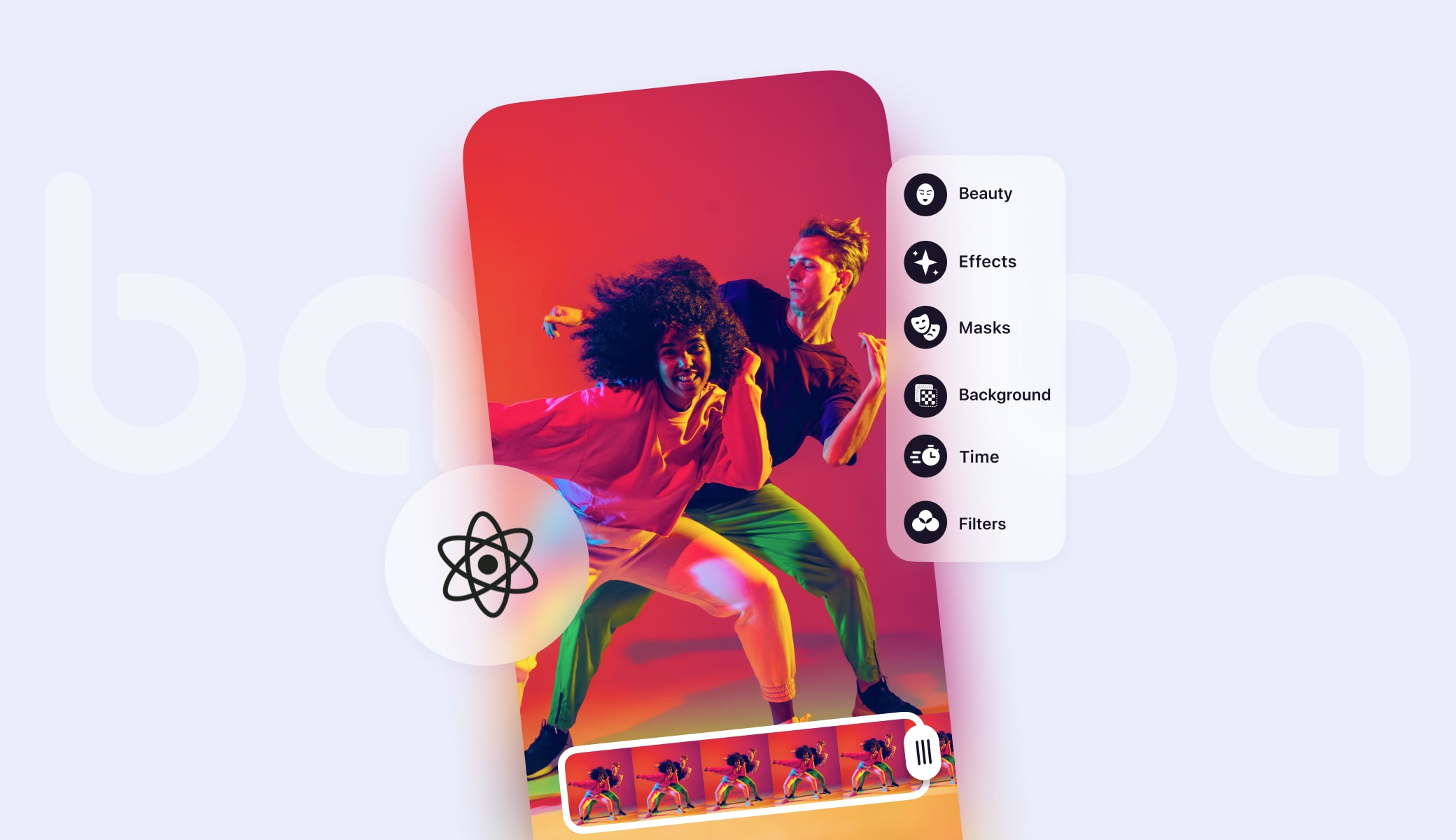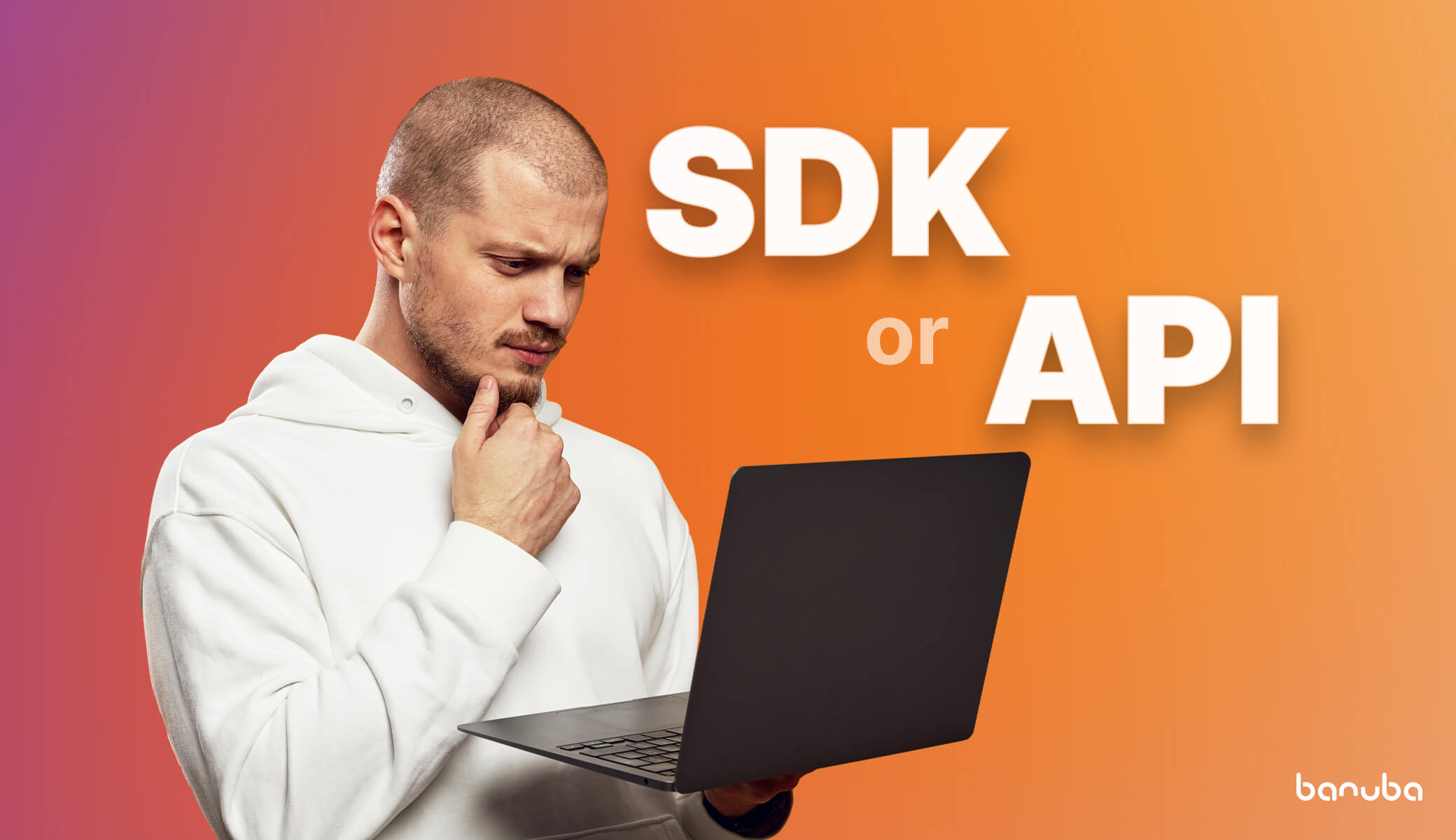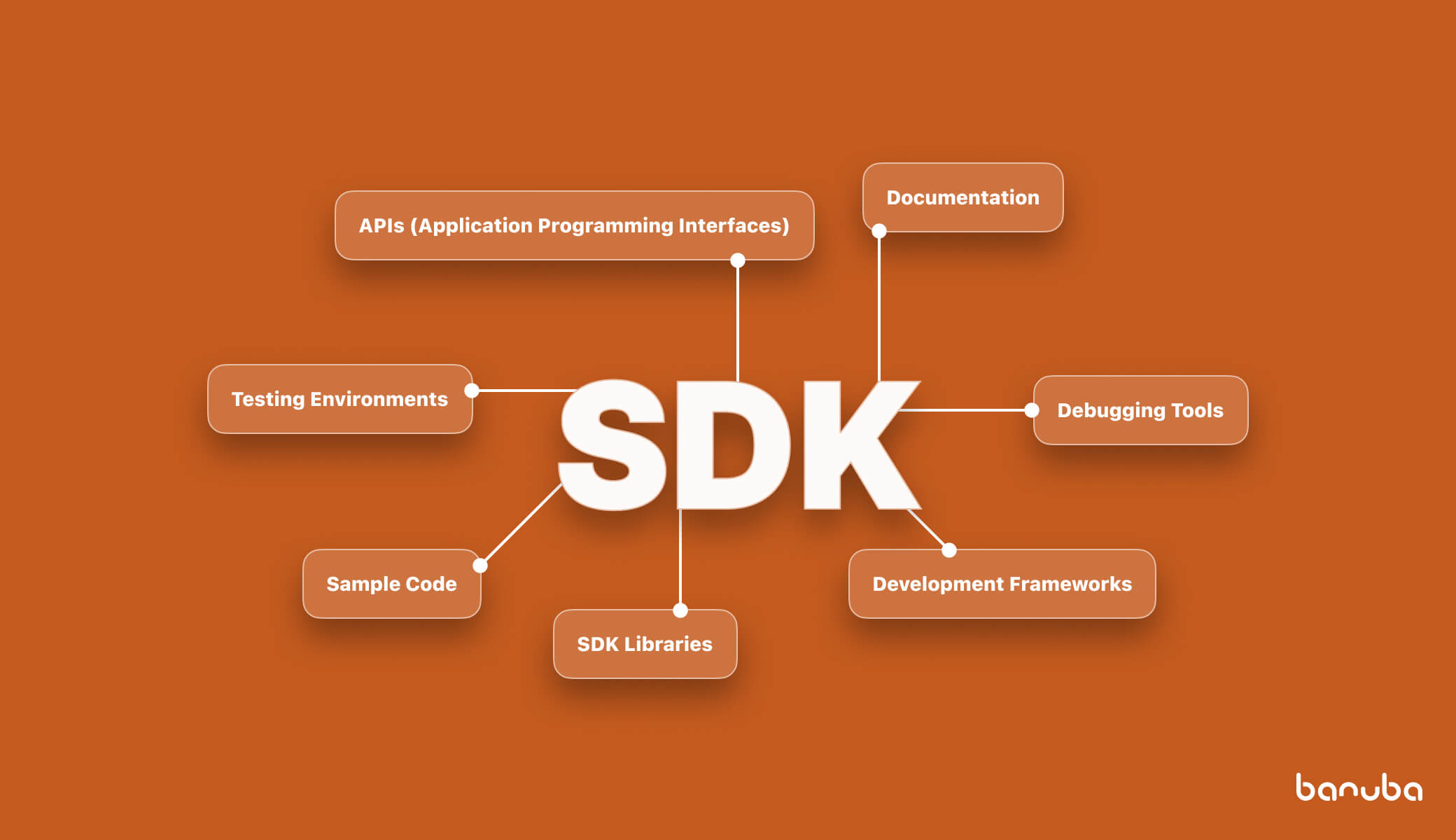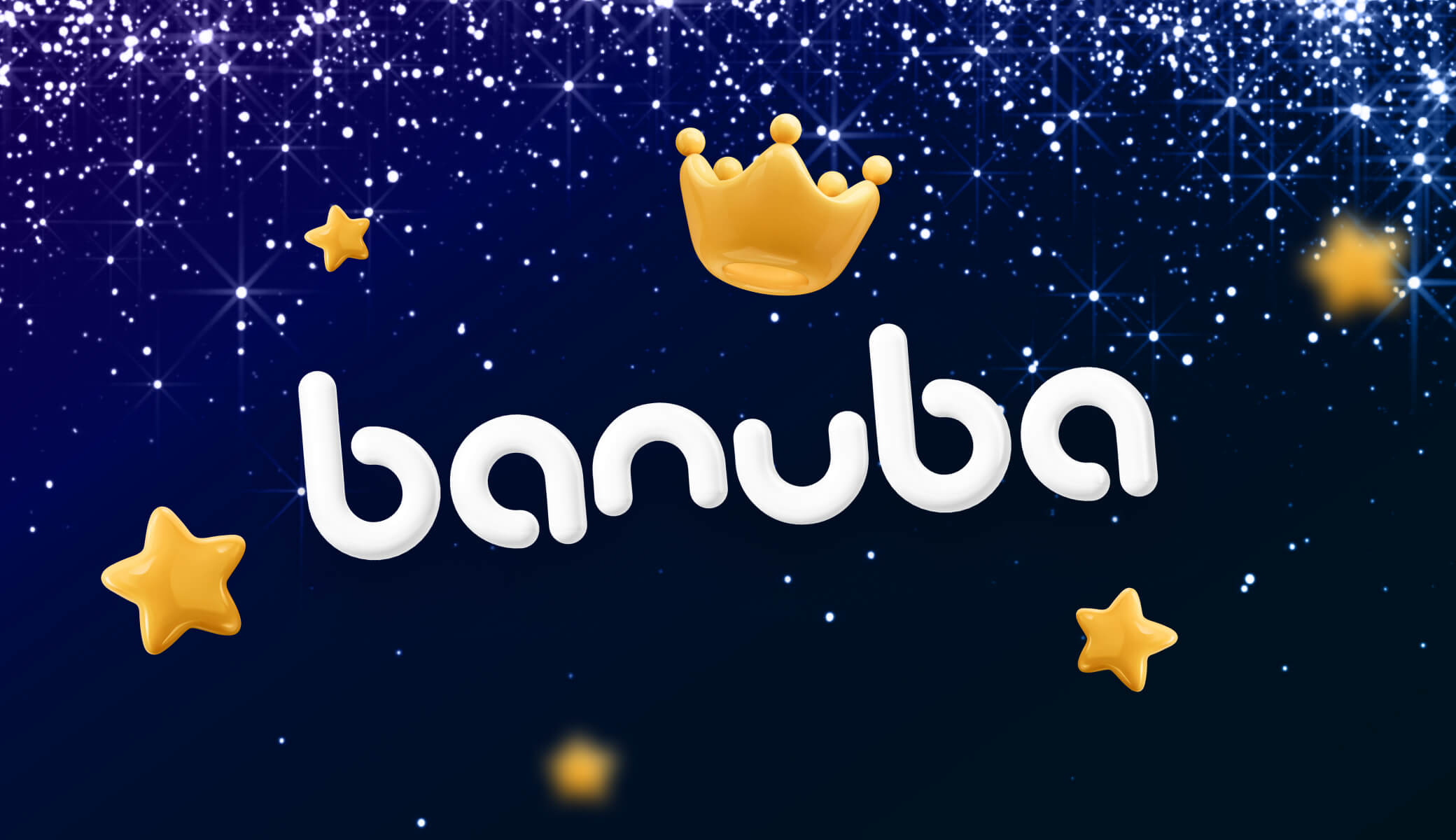12 Best React Native Video Player Libraries
React Native apps can boast of preserving the user interface and the typical platform behavior they run on.
And for video content, the framework offers the blazing-fast performance of 60 frames per second.
For this reason, we decided to create a post that features:
- 12 best react native video player libraries
- 7 must-have features of a react video library
- 5 common use cases of React Native libraries
- 7 pros and cons of using popular react native libraries


[navigation]
TL;DR:
- Best React Native video player libraries include Banuba Video Editor SDK, React Native Video, React Native JW media player, and more;
- When choosing one, see that it has the following features: recording, trimming/merging, timeline, audio editing, overlays, and hands-free mode;
- Compared to developing similar functionalities from scratch, ready-made libraries offer higher development velocity, quality, and community support. On the other hand, they can lead to vendor lock-in, including unnecessary code, and forcing you to spend more time on customization.
12 Best React Native Video Player Libraries
If you have video player features in your React Native app project, you can speed up the coding by using one of the libraries or SDKs available.
Here’s a list of the 12 most popular libraries that will have you covered in most use-cases.
1. Banuba Video Editor SDK
Banuba Video Editor SDK is a toolkit for developers that includes all the necessary features for creating and sharing videos, animated clips, and stories.
Apart from core functions like trimming, merging, and adding overlays, Banuba also offers beautification, visual and color transformation effects, audio editing, music provider integration, and beyond.
This product comes in two forms. The SDK version has more features but is less customizable. The API version sacrifices certain elements (e.g. progress bars) but allows completely changing screen layouts and user flow.
Banuba Video Editor SDK is also compatible with Banuba Face AR SDK. This allows applying effects to live video feed, e.g. when streaming, video calling, or recording.
All the features come with Flutter and React Native wrappers, so you’ll only need to write a couple of code lines to integrate the necessary functionality.
Banuba Video Editor SDK is well documented and has sample projects on GitHub you can explore before starting the free trial.
2. React Native Video
Being one of the best video players for React, it has dozens of properties and features. It offers local and remote file playback support, audio and text tracks selection, configurable rate, and, of course, iOS and Android platform support.
As the package doesn’t provide the inbuilt controls to play/pause the video, you’ll need to refer to the react-native-media-controls library.
Users say that React Native Video has excellent documentation and is easy to use and customize. The only drawback is it may have low performance when using multiple videos as Facebook feeds.
3. React Native JW media player
This package is easy to use for its installation process is mostly automatic. It offers standard video player features and can boast of having a picture in picture mode, background audio sessions support, and casting.
It also allows you to customize the style and look of your player, change the icon color, etc.
React Native JW media player package is quite popular and receives over 450 downloads a week.
4. React Native True Sight
This react native video player example provides a fully customizable functionality with excellent documentation, including common use cases and how to implement them.
Unlike React Native Video, this package has two control slots displayed respectively on different parts of the parent container: play/pause/restart controls, progress bar, and the bottom controls with the video running time. It also has the loading function, which triggers during network issues.
5. React Native VLC media player
VLC media player library is a flexible option supporting all network streams, including RTSP, RTP, HLS, MMS, and RTMP. What’s more, it supports files in almost any existing format (even the exotic ones like MKV).
It can play multiple audio tracks (including 5.1) and subtitles tracks (including SSA).
The package comes with a sample React Native project you can check before integrating the library into your app.
6. React Native MO video player
Mo React video library offers a feature-rich package with many customizable options.
In addition to basic features, it allows you to choose a video cover, apply video settings like speed, sound volume, and quality, change video style, etc. You’re welcome to check out this demo project to see it in action.
7. React Native video processing
As the name suggests, this library can deliver many processing options like trimming, editing, "boomerang," and reverse video creation.
Like the others, it works on both platforms, but on Android, it also allows you to compress the video.
Though the library has a standalone API and a sustainable community of contributors, it hasn't seen any new versions released to npm in the past 12 months.
8. React Native advanced video player
This package offers advanced controls and numerous customizing options.
Unlike the others, React Native Advanced video player uses native brightness and volume controls and allows playing videos directly from a link or local storage.
What’s more, the library supports RTMP & HLS live streaming. You’ll also find styling options for the player container and a custom color picker for the seek bar among its props.
The library has sustainable maintenance and no security issues based on the Snyk security intelligence research platform.
9. Expo video player
Expo-av is a universal module for media playbacks. It’s very flexible, easy to use, and has many props to build a custom video player.
This React video library package boasts a lot of configuration and styling options, very detailed documentation, and multiple tutorials on the web. For instance, you can check out and play around with their sample on Snack.
It has a whopping 92 out of 100 Package Health Score and receives a total of 36,702 downloads a week.
Expo-av has a vibrant community of more than one hundred open-source maintainers and demonstrates a positive version release cadence with at least one new version released in the past three months.
10. React Native video player
This React Native video player example is a decent library offering a basic feature set and props for video playback. It’s pretty easy to work with and supports primary media forms like photos, videos, and music.
The package allows you to customize your player's style, including video wrappers, icons, and controls.
The current version still lacks loader and volume control, but it has a supportive community, so they will likely develop these features soon.
The library receives a total of 4,236 downloads a week and demonstrates a positive version release cadence.
11. IMG.LY React Native video SDK
IMG.ly offers a powerful VE.SDK which is heavily packed with features.
This React video library enables you to set up custom media libraries, sort audio and video clips, customize design templates, serialize edits, and many more.
The SDK’s strong side is video editing. It allows you to easily play with composition, focus, frames, filters, and overlays.
Since the module uses custom native libraries, you can only use it in the Expo Go application.
But don’t worry. VE.SDK has a step-by-step integration guide that also shows in detail advanced SDK features, such as serializing and reusing previously applied editing operations.
12. React Native media kit
This React Native video player supports both Android and iOS platforms. It provides you with a default set of controls, enabling you to play, pause, seek, or display current playback and buffer progress.
So if you’re looking for a pretty simple solution, this React Native media kit might work. But note that the package hasn't received any updates for the last six years.
7 Must-Have Features of a React Video Library
Color customization in Vimeo. Source
Some React Native video player libraries are relatively slim and provide only a few basic features like video recording and viewing. Others may blow your mind with AI-powered video editing and a comprehensive feature set. In a nutshell, here’s what a video player library can have under the hood.
- Recording is an essential feature that allows you to pick up and store footage from the camera.
- Trimming is about modifying the video length: cutting it down, removing bad takes. For example, Banuba Video Editor SDK allows you to trim a video up to 0.3 seconds. And the maximum? It’s up to you to decide.
- Merging allows combining several video clips into one and rearranging their order.
- Timeline shows a frame-by-frame representation of a video. It’s a small but handy feature when trimming and merging video clips.
- Audio editing allows recording, removing some parts, combining, and rearranging several music tracks into one. It can also include effects (e.g., making the user sound like a child, a robot, or a cartoon character).
- Overlays enable adding captions, pictures, and GIFs to a foreground of a video clip. It’s one of the most straightforward yet demanded features of any video editor.
- Hands-free mode is an in-app timer that allows setting the countdown and recording time, so a user doesn't need to keep the phone in their hands while recording.
5 common Use Cases of React Native Libraries
Video content is king. Source
Today, video has become one of the most consumed content formats offering entertainment, communication, and collaboration. Typical applications of video player libraries include:
- TikTok-like apps. TikTok’s superior video-editing with social media twists have taken the online world by storm, letting people shoot, edit, and share their videos almost too easily. No wonder it’s been a leader on the Apple App Store in the Entertainment category for a while now. Anyway, similar apps are revving into gear and gaining a piece of the market too. An app like this will require a feature-rich video player to grab users’ attention.
- Video editors. The increasing availability of devices capable of high-resolution video recording has paved the way for video editing apps. Capturing, rearranging frames, enhancing them with filters are only a few of the many features video editors offer. To compete, your app should also provide a seamless video editing experience, and using video generation tools like Banuba Video Editor SDK can help you achieve that.
- Dating apps. “Moving” images and face-to-face video chats can add a live aspect to dating. The primary feature set will be capturing, trimming, uploading, and viewing videos, while the advanced one will also include video editing options.
Tinder added video functionality. Source
- Video messaging apps. Video chats can turn social distancing into distant socializing. They could be in handy to collaborate at work, play games with friends, or ask your Nana how she is. Your tool choice will depend on whether it’s a simple one-to-one video or a powerful collaboration platform. For instance, Agora.io can help you implement live voice and video streaming with just a few lines of code.
- eLearning. Today’s learners need active, dynamic content to keep them engaged. Video-making features can help educators bring content to life, enhance the learning experience and engagement rates.
But of course, the use of video libraries for React Native apps isn’t limited to these use cases only.
If you want to try out more of them, drop Banuba a line, and we’ll hook you up with our SDKs and other useful resources.
7 Pros & Cons of Video React Libraries
React Native is a popular framework. Source
Libraries simplify the development of complicated features since you’re reusing the code provided in them.
We can break down this advantage into multiple benefits of using libraries:
- Development speed. Libraries save your time and effort on building the required functionality. So instead of hours researching and trying, you just need to navigate to the project directory in your terminal and run the installation command.
- Expertise. Libraries result from the combined efforts of many developers, usually seniors, with deep expertise in the topic. So you can use their knowledge and solution without having to go deep into a particular domain.
- Quality. When you code, it’s always hard to forecast how many bugs you’ll have to deal with and how much time you’ll spend fixing them. In the case of libraries, the community has probably already caught and fixed the critical bugs.
- Support. Speaking of the community, it’s the greatest power of any library. Thanks to their support, libraries are usually well documented and tested. What’s more, you can search through issues other engineers had had with the library in the past and find answers.
But nothing is perfect, and software libraries have their drawbacks too:
- Vendor lock-in. When you stick to a particular library in your application, switching to another one may require rewriting a large chunk of your app’s codebase, if not the application itself.
- Unnecessary code. The package may contain many features and options you don't need. This may negatively affect the app performance on some devices with limited resources since every user will have to download the libraries used by your app. The good thing is that some libraries allow you to limit what you include in your bundle.
- Customization and debugging. The library might simply not be exactly what you need. And to adjust it, you’ll need to get into the source code. And don’t get us started on tracking and fixing bugs caused by code altering. So yes, sometimes, it’s worth using a library as an example and writing the code you need for your use case from scratch.
On top of that, there’s always a question of whether to go with proprietary or open-source packages. The answer: it depends on your apps’ features, budget, and usage.
In some cases, basic video player functionality will be enough, while in others, you may need a bunch of advanced features to stand out from the crowd.
Conclusion
The right development library can give you an edge and speed up the development process.
React Native video player libraries have the power to save days or even weeks of researching, coding, and catching bugs. But, you need to carefully check the tool you’re considering, its documentation, and read reviews before interacting with it.
To help you with that, we’ve listed the most popular React Native libraries you can use in your project.
And if you need an extended feature set and reliable performance, contact us, and start your free trial with Banuba Video Editor SDK.




